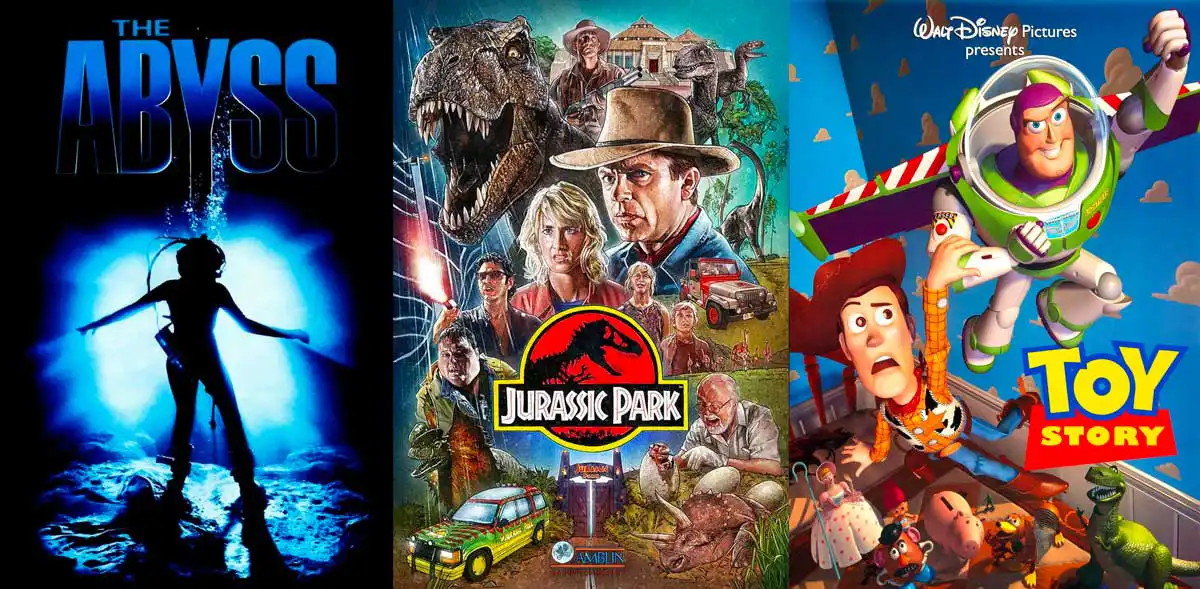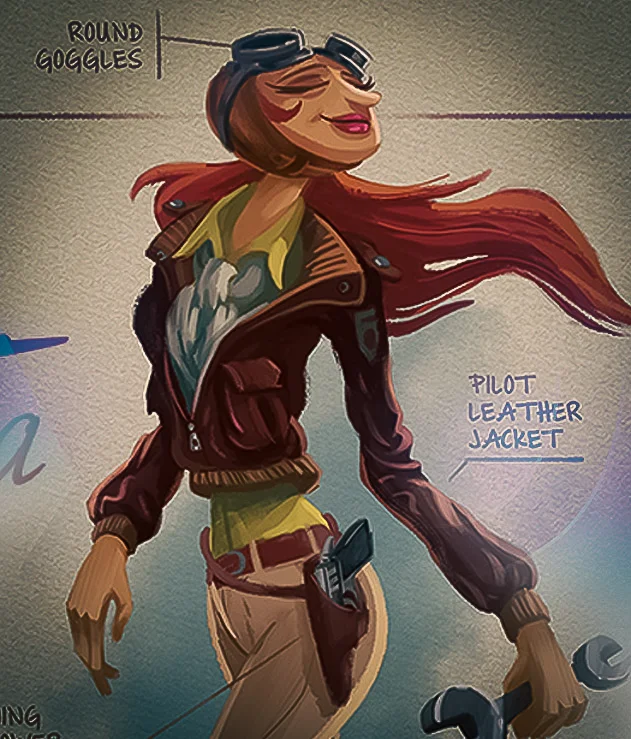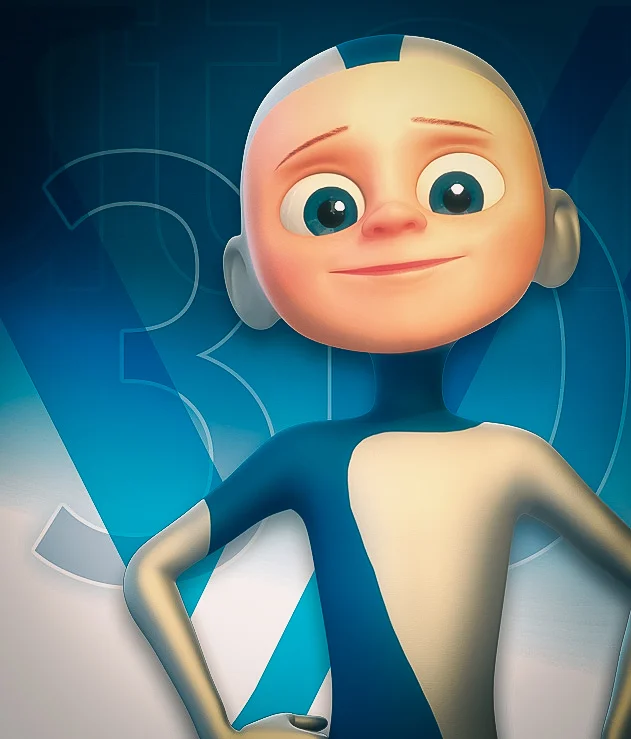
Three Computer Graphics Breakthroughs that Changed the Film Industry, Forever
The Film Industry meets Computer Graphics
Today’s movies are made with computer-generated visual effects and animation, but the journey to bring computer images to Hollywood wasn’t easy or welcomed. For instance, many filmmakers rejected computer graphics because of their electronic visuals. However, as software and hardware evolved, more movies experimented with digital techniques to support their storytelling. Yet computer-generated images evolved so much that filmmakers could not distinguish if they were real or computer generated.
In today’s box office, nine out of ten movies contain digital techniques. While the audience can perceive digital techniques in films like Toy Story, Kung Fu Panda, or Shrek, it’s harder to notice computer graphics in live-action movies like Top Gun, The Great Gatsby, or Mama Mia. But to get to this point in history, let’s review the top three computer-generated breakthroughs that changed the film industry forever.
Number one: Organic Effects
Initially, computer effects successfully showcased hard surface objects, but creating smooth organic effects was practically impossible. For example, hard surface objects such as cubes, triangles, or squares are used for architectural purposes. So, producing anything that looked organic or smooth hasn’t been done. However, in 1989, James Cameron brought digital techniques to his film The Abyss, a science fiction movie that takes place underwater.
The film featured an entire computer-generated sequence of a water-like tentacle traveling inside the underwater facilities of a drilling platform. The sequence is a breakthrough in organic computer graphics. In addition, it was the first time moviegoers witnessed a living creature. The following year, The Abyss had 15 nominations and prestigious awards, including winning an Oscar and best visual effects.
Number two: Photorealistic Animals
Computer visual effects simulated simple organic creatures but not complex animals. For instance, animating a fleshed dinosaur was ten times more complicated than a water tentacle because of anatomical challenges like skeleton, muscles, flesh, and motion. But all came together in 1993 in Jurassic Park, a film directed by Steven Spielberg, and its protagonists are computer-generated dinosaurs.
The computer-generated creatures captivated audiences and changed the entire film business. Ron Magid from American Cinematography writes, “Every aspect of the effects business seems suddenly in flux…traditional approaches are passed in the wake of Jurassic Park” (26). The film won forty-four awards, including three Oscars and Best Visual Effects.
Number three: Creating a Full-length Computer-Generated Film
A frame from the movie Toy Story showing two computer animated characters, Buzz and Woody. So far, computer effects have been used for short sequences but never to create an entire movie. Consider this, films are generally ninety minutes long and could take four to five years to produce. Thus, studios naturally recognized their limitations and avoided entire productions. However, everything changed in 1995, when Toy Story, the first computer-animated movie, came out in theatres.
In the words of Lenny Lipton, an American author, “Toy Story, released in 1995, and produced by Pixar, was the first animated feature to demonstrate the feasibility of an entirely computer-generated feature motion picture” (699). Toy Story is a breakthrough for the computer graphics industry that revolutionized two-dimensional animated feature films to three-dimensional films. It won twenty-eight awards, including an Oscar for the best-animated movie.
To conclude, the journey for computer engineers and artists hasn’t been easy, but these turning points demonstrate that their efforts advanced their art form to new levels. Today, one hundred percent of the movies at the box office use computer-generated images in one way or another.
Works Cited
Lipton, Lenny. “Early Adopters: Electronic Cinematography and CGI.” The Cinema in Flux, Springer US, 2021, pp. 691–99, https://doi.org/10.1007/978-1-0716-0951-4_79.
Magid, Ron. “CGI Spearheads Brave New World of Special Effects: Okay, CGI Leads the Revolution. Where Will it Lead?” American Cinematographer (Archive: 1930-2015), vol. 74, no. 12, 1993, pp. 26-28, 30, 32. ProQuest, http://search.proquest.com.ezp-prod1.hul.harvard.edu/trade-journals/cgi-spearheads-brave-new-world-special-effects/docview/2598226687/se-2.







